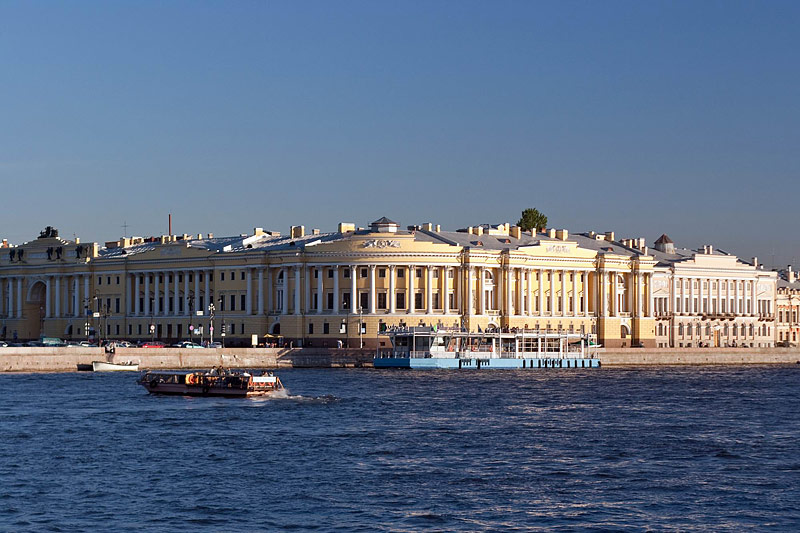The highest governing body in the Russian Empire, combining three power aspects: lawmaking, executive and judicial functions. This is the general definition of the Governing Senate.
Despite a wide range of powers, this authority was completely subordinate to the emperor, appointed by him, controlled and was responsible to him.
Over the centuries, its functions have changed in accordance with the instructions of the reigning persons. The establishment of the Governing Senate, its work and transformation will be discussed today.
Stages of development. Under Peter the Great
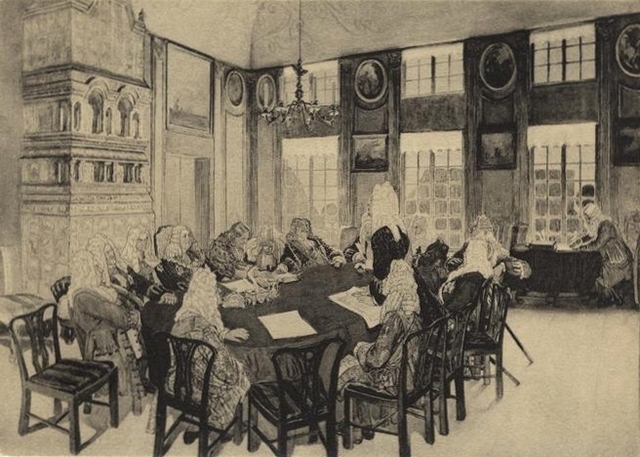
The creator of the Governing Senate is Peter I. Because of his constant trips, which were required by the vigorous activity of the tsar-reformer, he was forced in this way to organize the work of the state machine so that it would function during periods of its long absence.
This reason was the incentive for the appearance of the Governing Senate. The date of its formation is February 19, 1711. There was no separation of powers at that time, since it was an absolute monarchy, and therefore the organ replacing the king who was away was “one in three persons”. He immediately united three branches of power: he wrote laws, monitored their implementation and punished.
After Peter I
After the death of Peter the Great, in the period from 1726 to 1730, the Senate became known as the High and lost a large share of its powers. His activities mainly covered the financial and administrative spheres.
During the reign of Catherine II, the Senate was divided into departments and lost legislative powers.
From the beginning of the 19th century, the functions of this body included overseeing the work of various state institutions. And starting from 1864, another aspect of his activity was added - he became the highest cassation instance. Some of the departments of the Government Senate were involved in the registration of trade transactions.
The dissolution of this instance took place on November 22, 1917, after the October Revolution. However, during the events that occurred during the Civil War, in the southern and eastern regions of Russia, its activities were resumed. But the period of work was short-lived and ended when Admiral Kolchak was captured. The place where the Senate met changed several times, but the main points of its deployment were Petersburg and Moscow.
Establishment of the Governing Senate
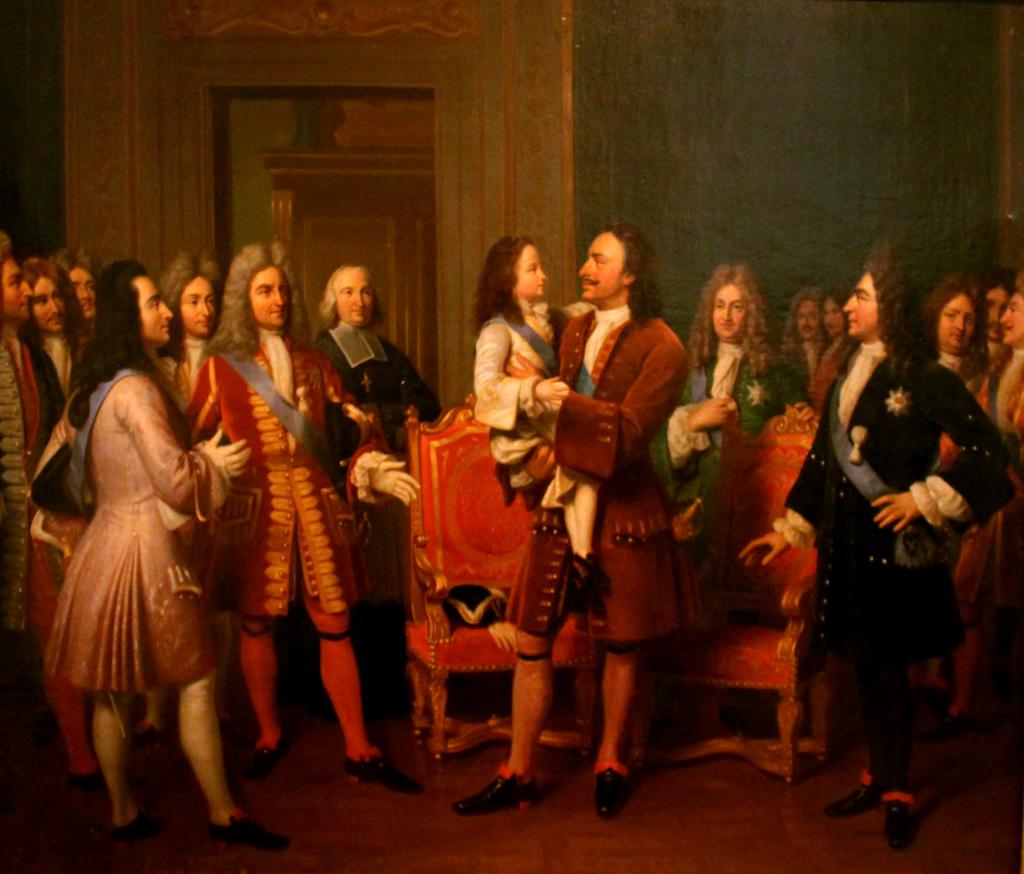
As already noted, this body is the brainchild of Peter I. The tsar was not at all eager to just share power with anyone. The creation of the Governing Senate was a necessary measure. Those grandiose tasks that were set before the country required the improvement of the state apparatus.
But, unlike other countries, for example, such as Sweden or Poland, the Senate was by no means an organ that in any way limited the autocracy.
- Firstly, this institution was not elected; its members were appointed by the king. And these were the closest associates, vested in the personal trust of the sovereign. Among them are such names as P. Golitsyn, M. Dolgorukov, G. Volkonsky and other eminent nobles.
- Secondly, the Senate was not an opposition structure. He was completely subordinate to the royal person and controlled by her. He also was responsible to the monarch. The Senate, as it were, represented the “second self” of the sovereign, and did not at all defend the interests of the aristocratic elite. And they had to obey him, like the king himself.So, in one of the orders, Peter warned that anyone who dares to disobey the decrees of the Governing Senate will be subject to harsh punishment or even death - “looking at fault”.
- Thirdly, the functions of this body at the first stage were not clearly defined. The field of his activity was subject to constant changes, depending on a particular situation. And he did what His Majesty the Emperor considered appropriate. In his decree, Peter determines that upon his departure, the Senate should: judge implicitly, not make unnecessary expenses, try to give up salt, increase Chinese and Persian trade, caress Armenians and establish a fiscal body. That is, the senators did not have a list of duties, they only received instructions from the king.
Covert surveillance
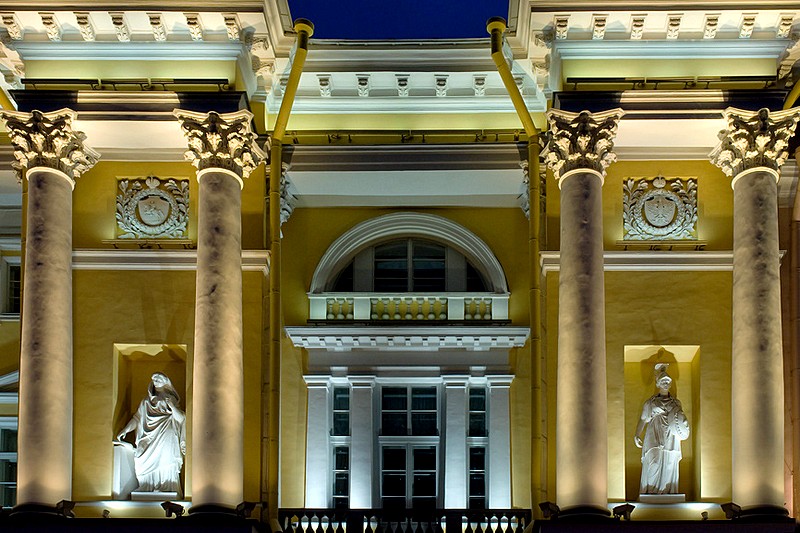
The formation of a new management structure dictated the need to create new posts. In March 1711, a new position was established - fiscal. His responsibilities included:
- “Secretly oversee” all matters.
- Learn about various crimes.
- Condemn bribes, embezzlement and other “mute cases” in court.
And also established the position of chief fiscal, consisting of the Senate. Later it began to sound like a fiscal general. He had four assistants. In each of the provinces there was a provincial fiscal, to which three assistants were assigned. And in each city, depending on its size - one or two fiscals of the city.
The existence of such secret scammers in the public service did not pass without a series of abuses and settling accounts. Moreover, until 1714, even for false denunciation, no sanctions were provided. On the other hand, the institute of fiscals cannot be denied a certain positive influence on the establishment of order in local institutions.
Prosecutorial Oversight System
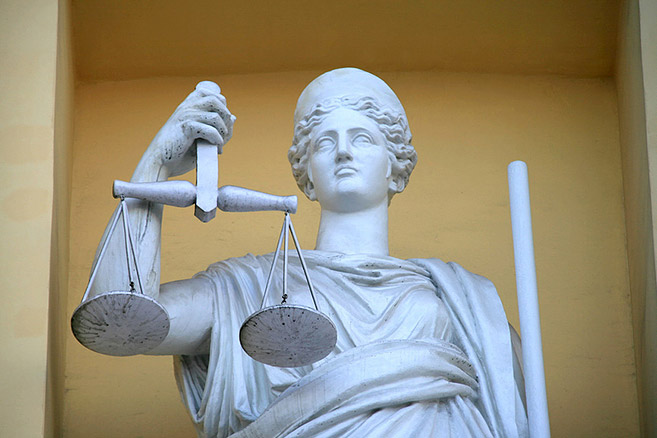
Initially, the head of the Governing Senate was the chief secretary. Peter I was forced to appoint him because of the strife that was constantly observed at the meetings. In 1720, A. Schukin became him, which turned out to be unsuitable for the performance of duties of this kind. After Shchukin died in 1721, the order at the meetings was entrusted to follow the guard headquarters officers, who take turns every month.
In 1722, the officers were replaced by the prosecutor's office, which not only monitored the Senate, but also served as a system of oversight of other institutions - in the center and in the localities - that performed administrative and judicial functions.
At the head of this system was the prosecutor general. He was also the head of the office of the Senate and oversaw this body. And not only in terms of order at meetings, but also in terms of the legality of its decisions.
The prosecutor general had an assistant - the chief prosecutor. The establishment of the post of Attorney General played a dual role in the development of the Senate. On the one hand, supervision on his part contributed to establishing order in the execution of cases. On the other hand, the independence of this body has greatly decreased.
Local Government Relations
The vast territory of Russia has always needed a ramified and effective management system. Peter I also paid special attention to this issue. It was under him that the state was divided into provinces, as well as the gradual replacement of obsolete governing bodies - orders - by collegiums.
The signal for their formation was the establishment of the Senate. All the presidents of the newly created colleges became its members. Thus, the direct relationship of the senate with the regions was viewed.
Metamorphoses
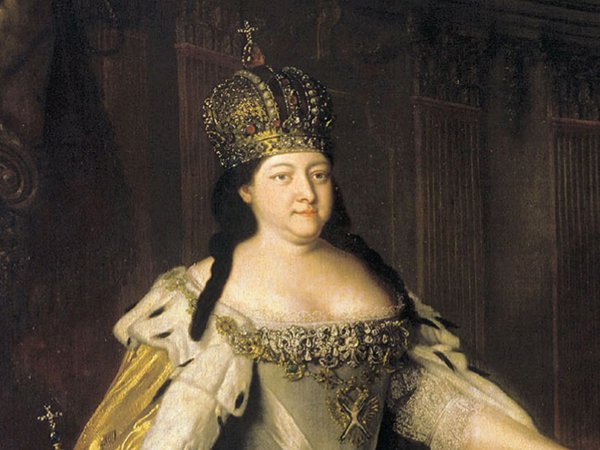
After the death of Peter the Great, the functions of the Governing Senate underwent major changes in the direction of their reduction. Under Catherine I and Peter II, an alternative body, the Supreme Privy Council, was formed. The empress’s favorites became its members.
This advice pulled the blanket over itself step by step, taking over the Senate powers.Over time, the Senate almost completely lost its rights and was engaged in the analysis of minor matters. However, under Anna Ivanovna, the Privy Council was abolished by her, and the Senate was restored to its former status.
But under the reign of Empress Anna, another institution arises - the Cabinet, which becomes a kind of laying between the Senate and the monarch. Over time, this negatively affected the work of the Senate. After the abolition of the Cabinet, Elizabeth Petrovna, the latter regained the status quo by her decree.
Reformation under Catherine II

Having come to power, Catherine II decided to reform the Governing Senate. She divided this body into 6 departments. Each of them was assigned a particular sphere of state activity. This allowed the empress to make a clearer understanding of the powers of the Senate. The areas of activity between departments were distributed as follows.
- 1st department - domestic policy.
- 2nd - judicial activity.
- 3rd - supervision of provinces with special status - Livonia, Estonia, Little Russia, Narva and Vyborg.
- 4th — resolving military and naval issues.
- 5th - administrative affairs.
- 6th - litigation.
At the same time, the first 4 departments worked in St. Petersburg, and the last two in Moscow.
In addition, the influence on each of the departments of the prosecutor general was expanded. In the short period of the reign of Paul I, the Senate again lost its wide range of powers.
Under Alexander I
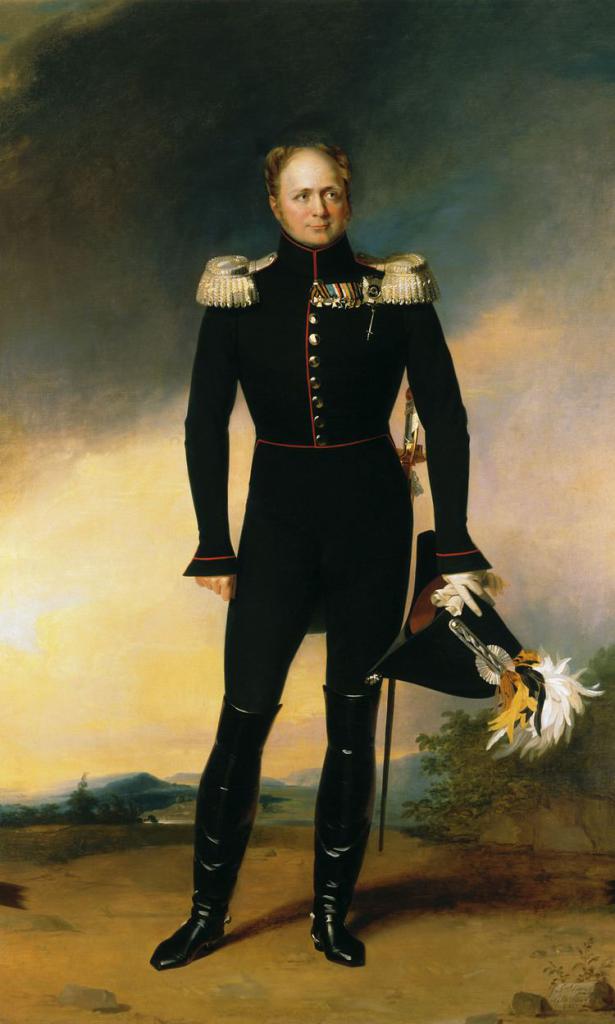
In the form in which the Senate existed before its abolition, it was created by Emperor Alexander I. He inherited a state with an outdated administrative apparatus, which he undertook to remodel.
Understanding the important role played by the Governing Senate, the young tsar was aware that over time, his importance had sharply decreased. Soon after the accession to the throne, Alexander ordered the senators to submit to him for consideration projects related to the reform of this institution.
Work on discussing the package of necessary improvements in the work was carried out over several months. Members of the newly created Secret Committee, an informal body with deliberative functions, took a lively part in it. It included supporters of Alexander I in his undertakings of a liberal nature: Stroganov P. A., Kochubei V. P., Chartorysky A. E., Novosiltsev N. N. As a result, the transformations were carried out, which are described below.
Work regulations
As under Peter I, the emperor himself appointed senators. Only officials belonging to the first three classes could apply for membership in this body. In certain cases, the senatorial post could be combined with some other. In particular, this concerned the military.
Concrete decisions on a particular issue should have been made within the walls of the department that was authorized to resolve them. But periodically general events were held, involving the presence of all, without exception, members of the Senate. Decrees adopted by this body could only be repealed by the emperor.
New features
In 1810, Alexander I decided to create the Council of State - the highest legislative body. Thus, this part of the functions of the Government Senate was abolished.
But behind it was the prerogative of lawmaking. Draft laws could be submitted to them for consideration by the Minister of Justice. Since the 19th century, he was also the prosecutor general.
In the same period, colleges were replaced by ministries. Although at first there was confusion between the Senate and the newly created executive bodies. They managed to bring everything into conformity only by 1825 - by the end of Alexander’s reign.
One of the main functions of the Senate was financial. Departments were required to monitor budget execution and to report to the highest authorities about the identified arrears.
Another important area of work was the resolution of interdepartmental property disputes. And also the Senate was engaged in the regulation of trade, the appointment of justices of the peace and the administration of the imperial emblem. As mentioned above, this body ceased to exist after the revolutionary events in late 1917.
